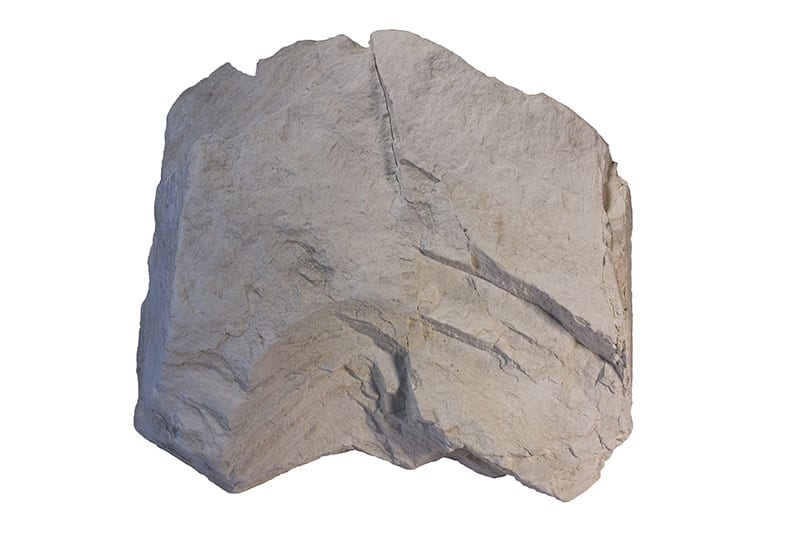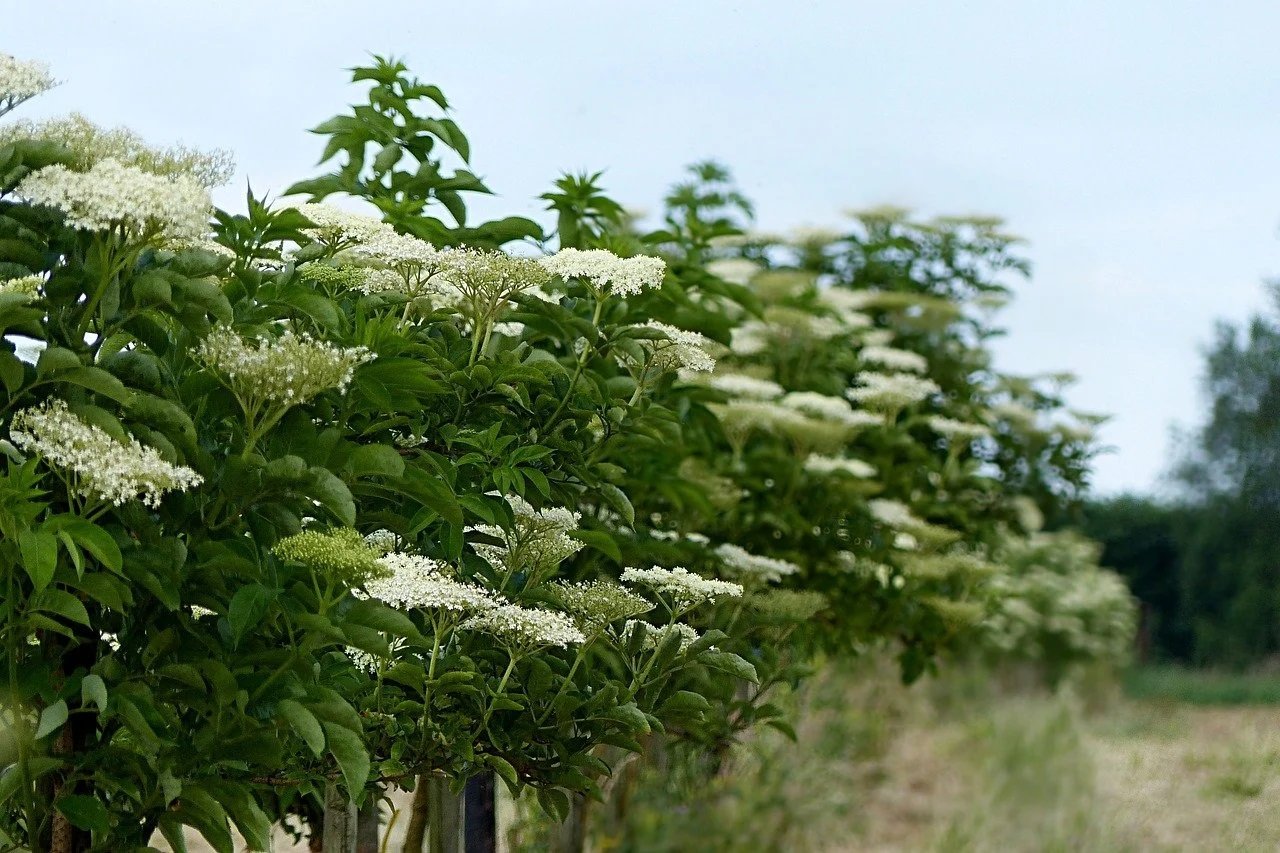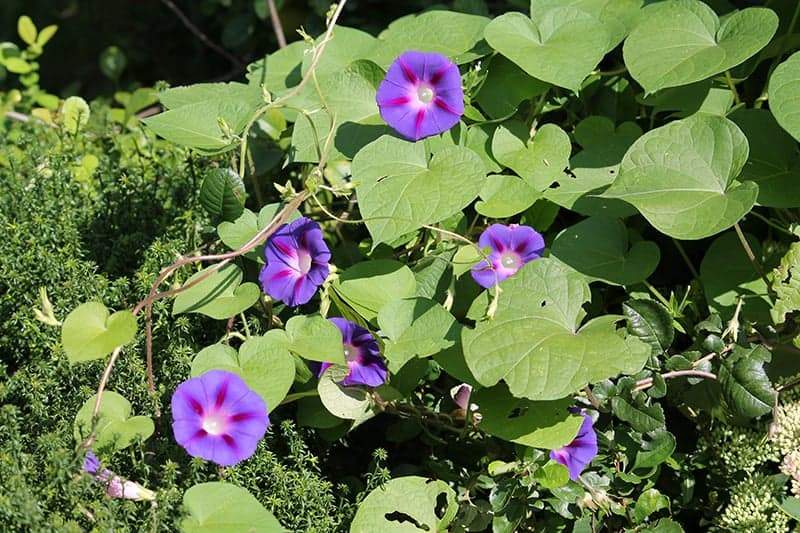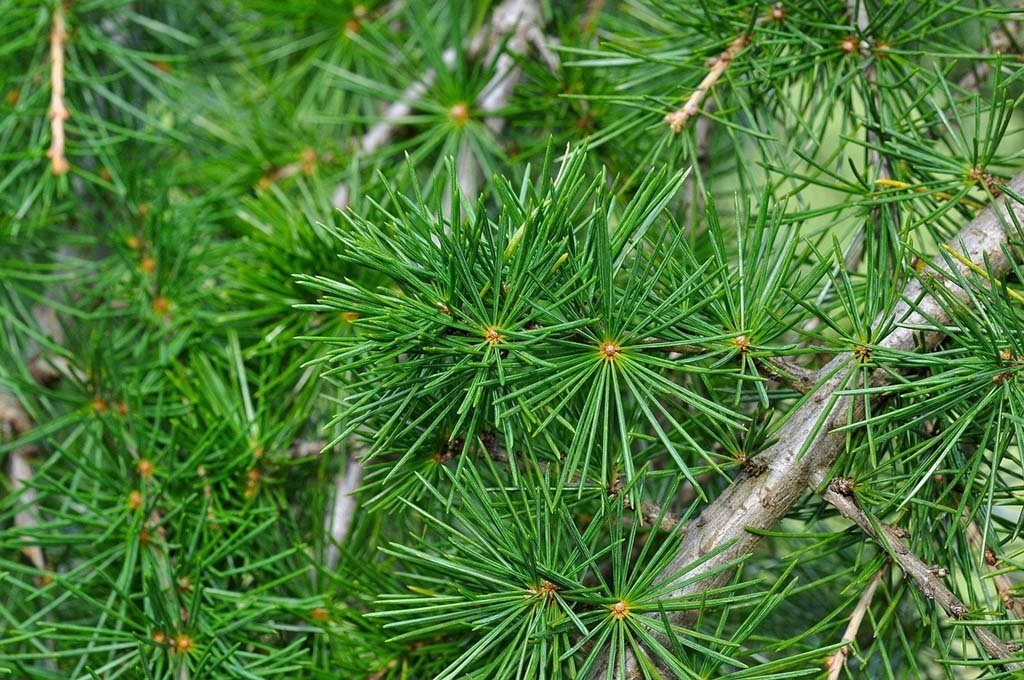The growing medium meets soil additive, coconut coir (or coco coir for sho... Read More
- Home >
- Diatomaceous Earth In the Garden: What It Is and How to Use It For Plants
Diatomaceous Earth In the Garden: What It Is and How to Use It For Plants
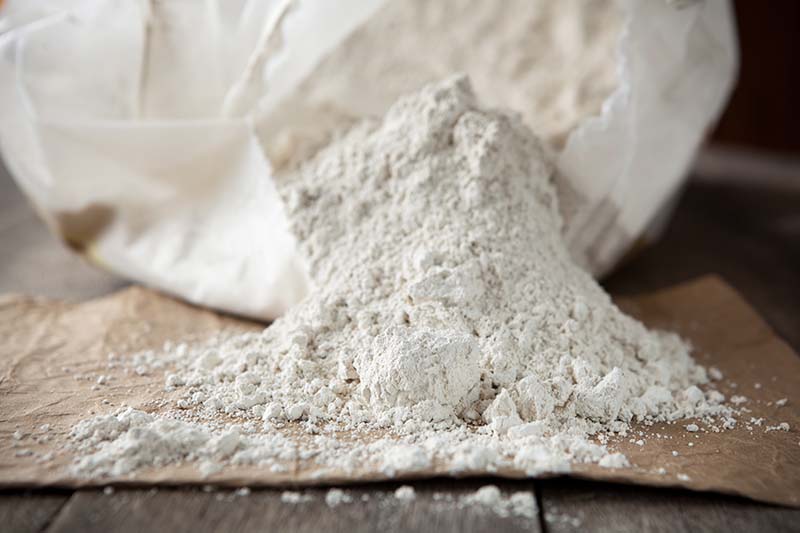
Generally, the foremost thing that comes to mind in regards to substances that are used to destroy insects and harmful organisms is pesticides. Pesticides are well known and widely used amongst gardeners and landscapers. What many might not necessarily know is the varying types of pesticides that are available.
In this article, we will discuss Diatomaceous Earth, which is a type of pesticide that can be used. Our main objective is to provide you with an in-depth understanding of what it is, the different types of Diatomaceous Earth, the advantages and disadvantages of using it, and how to use it on your garden. Let’s begin with the most important question; what exactly is Diatomaceous Earth?
What is Diatomaceous Earth and How is it Made?
Also referred to as D.E., Diatomite, or Kieselgur/Kieselguhr, Diatomaceous Earth is a soft, siliceous sedimentary rock that can be crumbled easily into a fine white or cream powder. It derives from the remnants of very small, aquatic organisms that are referred to as diatoms. The skeletons of diatoms are made up of a natural substance known as silica. Silicon, which is an element of silica, usually combines with water and oxygen. The end result of this combination is silicon dioxide.
Diatomaceous Earth is comprised of a particle size that ranges from less than 3 µm to more than 1mm. You will find that most are between 10 to 200 µm. A large amount Diatomaceous Earth is comprised of amorphous silicon dioxide and the first pesticide products that consisted of this silicon dioxide were registered in 1960 in order to exterminate termites and insects. (National Pesticide Information Center)
What are the Types of Diatomaceous Earth?
Each particular type of Diatomaceous Earth is treated differently, and this is what sets them apart from each other. The three main types are pool grade, food grade, and feed grade.
Pool Grade DE
Pool grade Diatomaceous Earth is treated with especially high heat. This type of treatment is known as the process of calcination. Because the heating process alters the Diatomaceous Earth significantly, it is not effective for use in the home, yard, or garden. Pool grade Diatomaceous Earth is primarily used to filter impurities, particularly in water.
Food Grade DE
Unlike pool grade DE, food grade Diatomaceous Earth is not calcined. Instead, food grade DE products are primarily composed of amorphous silica, and they must pass specific testing before they can be labeled as food grade. Overall, food grade Diatomaceous Earth is considered the best grade to utilize because it is multipurpose and can be used in the home, yard, and garden. Farmers usually apply food grade Diatomaceous Earth in large quantities onto their crops and grains in order to eradicate the insects that attempt to feast on the grain. Home gardeners also use DE to get rid of pests like spider mites, and fungus gnats with great results.
Although it is not approved by the Federal Drug Administration, also known as the FDA, food grade DE is still deemed to be safe for human consumption on a fairly regular basis. It consists of many benefits, including weight loss promoter, bone strengthener, and skin health improver. It is commonly referred to as the “Bug killer that you can eat”, but it is important to keep in mind that DE that is labeled for pest control is not safe for human consumption.
Food grade Diatomaceous Earth is also safe for pets and livestock to consume for its natural de-worming abilities. Adding to that, it can be applied on house pets in order to protect them from parasites, such as ticks and fleas. It can even be used as a carpet deodorizer.
Feed Grade DE
This particular grade is no longer commonly used because a majority of consumers now utilize food grade Diatomaceous Earth on their animals, but it was once the “go to” grade for animal use.
What are the Pros and Cons of Using Diatomaceous Earth?
Advantage
Diatomaceous Earth is natural and non-toxic, thus making it ideal for gardeners and landscapers who would much rather utilize something gentle and organic as opposed to harsh chemicals.
Disadvantage
Diatomaceous Earth can be considered impractical since it is dependent upon continual dry conditions in order to achieve successful results. Note that it can be effective on larvae that are infesting outdoor animal housing areas and bedding. Ultimately, if you do decide to use Diatomaceous Earth in your yard despite the lack of dry weather, you will more than likely need to re-apply it after rainfall, since rain can wash it into the soil.
Using Diatomaceous Earth in The Garden
There are several ways to use Diatomaceous Earth, and these are all dependent upon what and where you will use it. Here is how we recommend that you utilize it in your yard or garden.
Step 1: For starters, you will want to locate the area/s in your yard where the infestation is most apparent. This is usually the root of the issue since the influx of pests very rarely encompasses the entire yard. Additionally, pests normally flock together and dwell in one region.
With that said, only the vicinities that consist of a high concentration of pests should be your prime focus in regards to the application of the Diatomaceous Earth. One easy way to find the infested areas of the yard rather quickly is to put on white, knee-high socks and then stand in one area for a few moments.
If that specific area is infested with fleas, they will bind onto the socks quickly. The sections of your yard that are exposed to a lot of direct sunlight and/or heavy foot traffic most often do not become infested by the influx of pests. Instead, it is areas that pets rest in and/or frequently occupy that are more likely to be the source of an infestation.
Step 2: Once you have identified the infested areas, you can prepare to apply the Diatomaceous Earth.
Be mindful that it is best to wait for a consecutive period of dry weather before you commence the application process since Diatomaceous Earth is most effective in dry states.
Diatomaceous Earth can be applied by throwing handfuls of the powder over the infested area/s and then letting it naturally float down and coat the entire section.
It can also be applied with any type of dust spreader. These are usually available at garden centers.
You have the option of mixing the powder with water and spraying it on the infested areas of the yard, but this method will only produce successful results if the weather will be sufficiently dry for at least one week so that the Diatomaceous Earth can return to its dry powder form and begin attacking the pests.
Things to Keep in Mind
It is important to know that any dust/powder substance can be hazardous if it is inhaled in large quantities; therefore Diatomaceous Earth is no exception to this rule. The sharp edges of the dust have the ability to aggravate the soft tissues of the throat and lungs. For this reason, we highly recommend that you make use of safety goggles as well as masks that have the ability to filter dust.
It is also important to understand that because Diatomaceous Earth is not a harsh chemical, it is not a fast-acting solution for pest eradication. Do not fret if you do not see results immediately since it can take several days before you begin to see the difference in your yard and/or garden.
Frequently Asked Questions
How long does it take Diatomaceous Earth to kill insects?
It can take anywhere between 7 and 17 days for it to kill bugs, but it is effective, and the end results are long-lasting.
What types of insects does Diatomaceous Earth kill?
It has the ability and power to kill all bugs, but it is primarily known to be most effective in eradicating pests, such as ants, bed bugs, and fleas.
Is it ok to combine Diatomaceous Earth with water?
Yes, that is fine. You can mix a quarter cup of Diatomaceous Earth with a gallon of water and then apply it to your lawn and/or the shrubbery that consists of pests.
What is the best way to apply Diatomaceous Earth by spraying it?
There may be more than one way, but we recommend that you mix approximately 1-4 tablespoons of Diatomaceous Earth each gallon of water and then spray it onto the shrubbery, lawn, and anywhere else on the grass area that the pests inhabit. Just be mindful that the “Wet Spray Method” is only effective after the liquid dries.
Our Concluding Thoughts
We have discussed Diatomaceous Earth in great detail in order to provide an in-depth understanding of this particular pesticide.
Now that you know exactly what it is, the varying types, how to use it in your garden, and the advantages and disadvantages of utilizing it, you have the ability to make an informed decision on whether or not Diatomaceous Earth is the optimal pesticide for your garden. We would like to hear from you so let us know what you think of this article and feel free to share it with others if you liked it and found it useful.
Related Content
-
Coconut Coir – What It Is, Varieties, and How to Use It
-
How to Rebloom Orchids – Our Best Tips
Orchids are common houseplants because they are beautiful and usually fair... Read More
-
Calcium Nitrate Fertilizer – How to Use It on Your Plants
Even gardeners with the greenest thumbs need a little help sometimes. Calc... Read More
-
Best Ant Killers: Top 10 Ant-Killing Products
Ants are everywhere, and once you have an infestation, you’ll be hard pres... Read More
